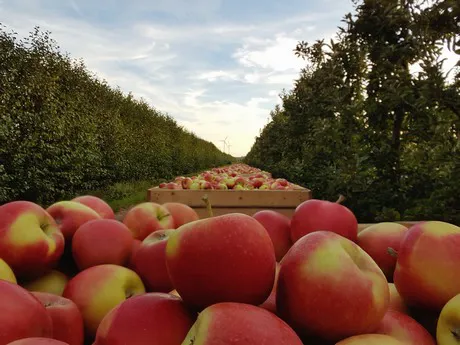 The apple is an economically important product worldwide but, after being stored for long periods at low temperature and controlled atmosphere (CA) conditions, fungal decay during storage can occur. The complex fungal pathogens issue requires various control strategies, because fungi differ in infection mechanisms and growth conditions.
The apple is an economically important product worldwide but, after being stored for long periods at low temperature and controlled atmosphere (CA) conditions, fungal decay during storage can occur. The complex fungal pathogens issue requires various control strategies, because fungi differ in infection mechanisms and growth conditions.
Very little information is available on which pathogens primarily cause the postharvest decay. Scientists of Department of Biosystems (BIOSYST) at Leuven (Belgium) have collected decayed samples from CA stored apples and isolated and identified the pathogens. The scientists have also evaluated whether there is a link between rot incidence and fruit history and characteristics.
"In this experiment Nicoter apples showed the highest abundance for the genus Penicillium, followed by Fusarium, Botrytis, Neonectria and Monilinia - The scientists explained - A significant correlation between fruit mass and rot incidence was detected, most likely due to a relation between fruit mass and pre/postharvest factors like fruit ripening stage. Larger fruits may have been in a more advanced ripening stage, making them more susceptible".
Source: M. Naets, L. Bossuyt, B. De Coninck, W. Keulemans, A. Geeraerd, 'Exploratory study on postharvest pathogens of ‘Nicoter’ apple in Flanders (Belgium)', January 2020, Scientia Horticulturae, Volume 260, 108872.
